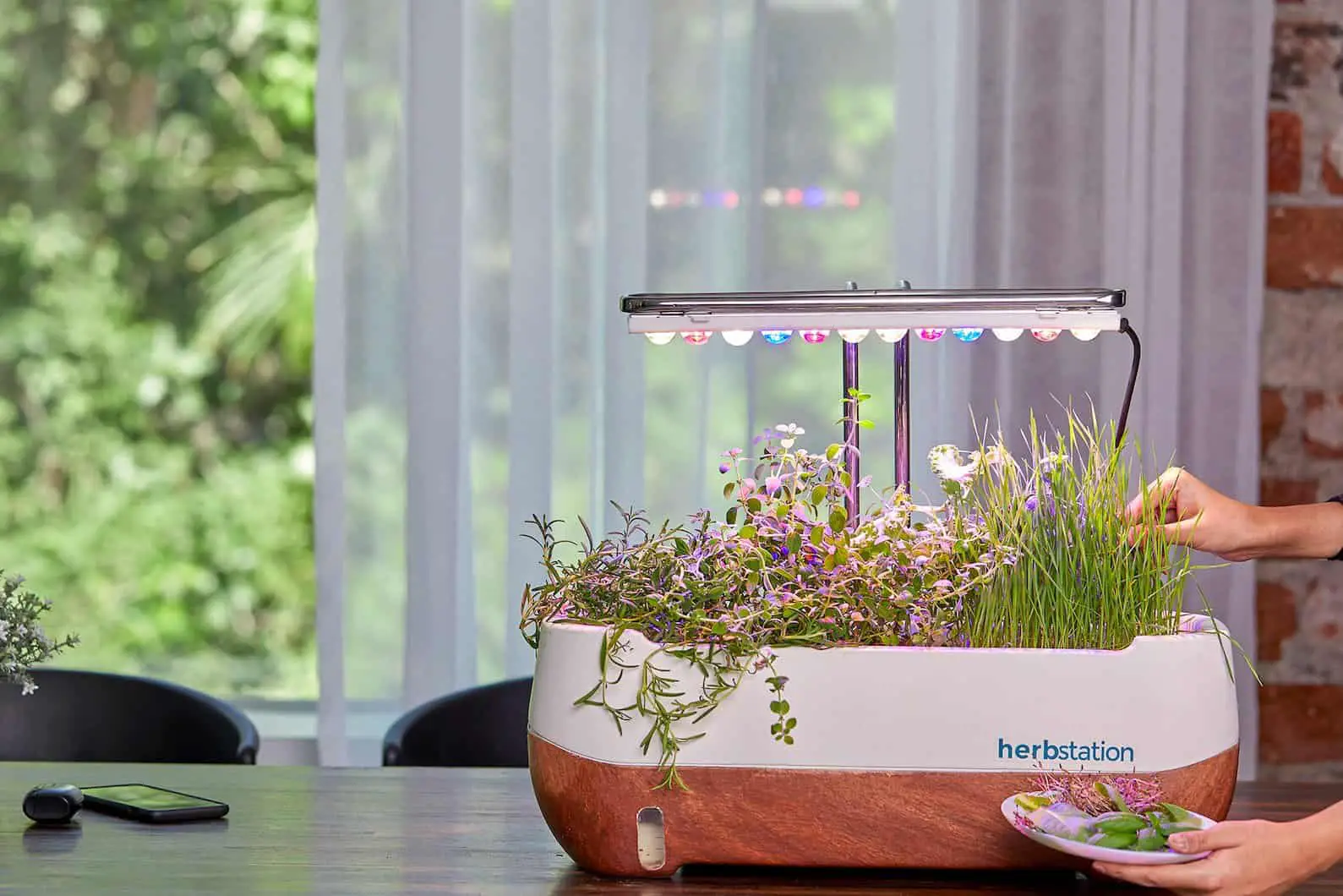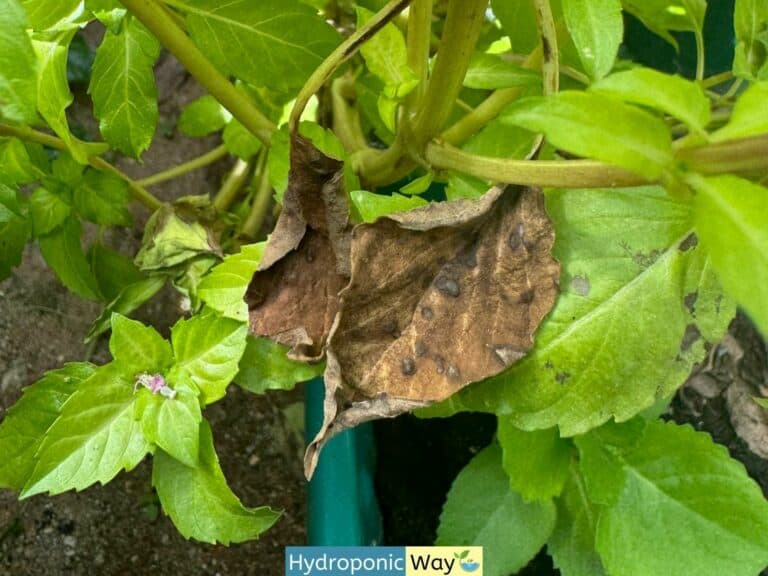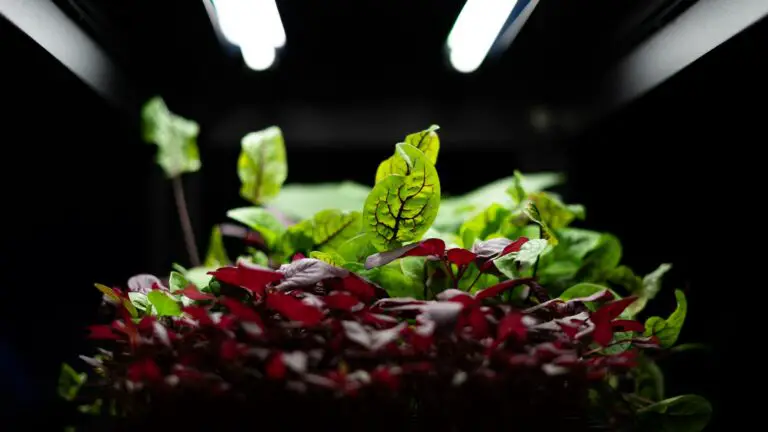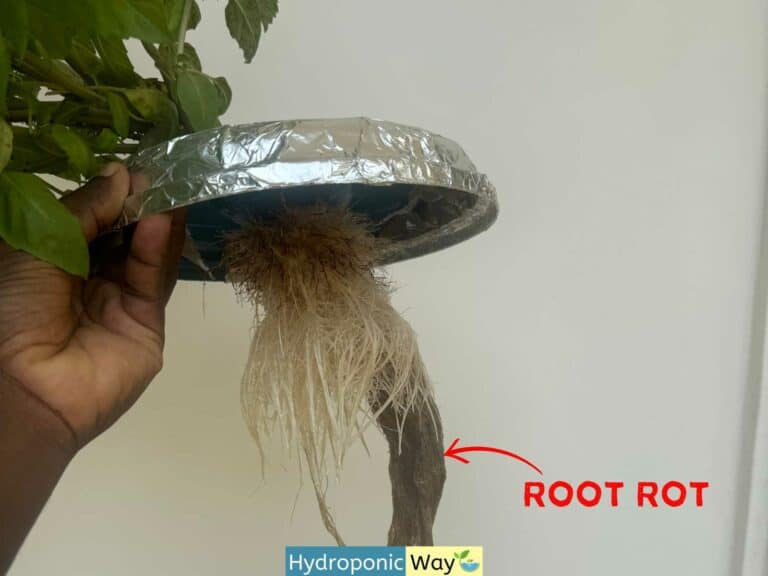What Is the Best Hydroponic System for Microgreens?
Disclosure: Your purchases through our links may earn us a small commission, supporting our site’s ability to provide valuable information to our readers. Rest assured, it won’t impact your price. Thank you for your support.
If you want to take your home gardening game to the next level, hydroponically growing microgreens are a great place to start.
Not only does this sustainable method of growing your food require minimal space, but it’s also an easy and rewarding way to access fresh greens year-round.
This blog post will walk you through the basics of hydroponic microgreen growth and give tips for getting started.
How to grow microgreens hydroponically?
Growing microgreens hydroponically is a simple and efficient way to produce fresh, nutrient-rich greens year-round. Here’s a basic outline of how to do it:
- Choose your microgreens seeds. Some popular options include broccoli, radish, and sunflower.
- Prepare your hydroponic setup. You’ll need a tray or container to hold the seeds, a growing medium (such as perlite or coconut coir), and a nutrient solution.
- Sow the seeds. Sprinkle the seeds evenly over the growing medium and gently press them into the surface.
- Water the seeds. Use a watering can or spray bottle to moisten the seeds and growing medium. Make sure the seeds are evenly moistened but not waterlogged.
- Place the tray in a warm, well-lit location. A sunny windowsill or grow light can provide the necessary light. Microgreens prefer a temperature of around 70-75°F (21-24°C).
- Keep the seeds moist. Avoid letting the seeds dry out or become waterlogged. Check the growing medium daily and water as needed to keep it evenly moist.
- Harvest the microgreens. Once the microgreens have reached the desired size (usually around 1-2 inches tall), use scissors to snip off the tops. Enjoy the microgreens fresh, or store them in the refrigerator for later use.
Remember to regularly test and adjust your hydroponic solution’s pH and nutrient levels to ensure optimal growth. If you’re looking for Hydroponic nutrients, click here to pick the best one for you.
Why are microgreens popular?
Microgreens are popular for several reasons. One reason is their nutritional value. Microgreens are packed with vitamins, minerals, and other nutrients that can benefit overall health. They are also known for their intense flavor and aroma, which can add flavor to salads, sandwiches, and other dishes.
Another reason microgreens are popular is their versatility. They can be grown indoors or outdoors, in soil or hydroponically, and harvested within a few weeks of planting. This makes it easy and convenient to add fresh, nutrient-rich greens to your diet year-round.
Microgreens are also popular with chefs and home cooks because they are easily incorporated into various dishes. They can be used as a garnish, added to salads and sandwiches, or incorporated into cooked dishes such as omelets and stir-fries.
Finally, microgreens are popular because they can be grown in small spaces, making them an accessible option for urban gardeners and those with limited space. This has helped to increase their popularity in recent years, as more and more people are looking for ways to grow their food.
Click here to checkout a wide variety of microgreen growing kits.
How long does it take to harvest microgreens in hydroponics?
The time it takes to harvest microgreens in hydroponics will depend on various factors, including the type of microgreen being grown, the growing conditions, and the desired size. Most microgreens can be harvested within 7-14 days of planting, although some types may take longer.
To determine when your microgreens are ready to harvest, look for the first true leaves to appear on the plants. These leaves are typically larger and more developed than the initial “seed leaves” that appear shortly after germination. Once the true leaves have emerged, the microgreens are usually ready to be harvested.
To harvest the microgreens, use scissors to snip off the tops of the plants just above the growing medium. The microgreens can then be washed and enjoyed fresh or stored in the refrigerator for later use.
Remember that the longer you wait to harvest the microgreens, the larger and more mature they will become. This can affect the flavor and nutritional content of the microgreens, so it is crucial to monitor their growth and harvest them at the desired size.
What is the best hydroponic system for microgreens?
You can use several different hydroponic systems for growing microgreens. The best system for you will depend on your specific needs and preferences, as well as the size of your grow space and budget. Some popular options for growing microgreens hydroponically include:
- Flood and drain (ebb and flow) systems: In this type of system, a tray of microgreens is periodically flooded with nutrient-rich water and then allowed to drain back into a reservoir. This helps to provide a consistent supply of moisture and nutrients to the plants. Read about ebb & flow and other low cost hydroponic systems.
- Nutrient film technique (NFT) systems: In an NFT system, a thin film of nutrient-rich water is continuously circulated over the roots of the plants. This helps to provide the plants with a constant supply of moisture and nutrients while also allowing excess water to drain away.
- Aeroponic systems: The plants are suspended in air and misted with a nutrient-rich solution in an aeroponic system. This helps provide the plants with a high level of oxygen and moisture while allowing excess water to drain away.
- Wick systems: In a wick system, a wick made of absorbent material transfers moisture and nutrients from a reservoir to the plants. This simple, low-maintenance system is ideal for small-scale growers or those just starting with hydroponics.
It is essential to carefully research and consider the pros and cons of each type of system before deciding which one is best for your needs.
For your knowledge:
How to Grow Kratky Method Plants: A Passive Hydroponic System
How to Set Up DIY Deep Water Culture (DWC) Hydroponic System?
What are the challenges in growing microgreens in hydroponic systems?
A few challenges can arise when growing microgreens in hydroponic systems. These include:
- Maintaining proper pH and nutrient levels: It is important to carefully monitor the pH and nutrient levels in the hydroponic solution to ensure optimal growth. If the levels are not within the recommended range, the plants may not grow as well or may be more susceptible to pests and diseases.
- Controlling the growing environment: Hydroponic systems rely on the consistent temperature, humidity, and light levels to ensure optimal growth. If these conditions are not carefully controlled, they can affect the health and development of microgreens.
- Pest and disease management: Pests and diseases can be more challenging to manage in a hydroponic system, as the plants are not growing in soil and are, therefore, not as protected from these threats. It is important to carefully monitor the plants and take steps to prevent or control pests and diseases as needed.
- Water management: Proper water management is essential in a hydroponic system, as plants depend on a consistent supply of moisture and nutrients. Overwatering or underwatering can lead to poor growth or even plant death.
Properly setting up and maintaining the hydroponic system and carefully monitoring and adjusting the growing conditions as needed make it possible to grow healthy, nutrient-rich microgreens hydroponically.
Read to know:
Pros and Cons of Drip Hydroponic System
Does microgreen need a growing medium in hydroponics?
Microgreens can be grown hydroponically without the use of a growing medium. Still, most hydroponic systems for microgreens do utilize some medium to help anchor the seeds and provide a nutrient-rich environment for the plants to grow in.
Growing mediums used in hydroponics can range from inorganic materials, such as perlite or clay pellets, to organic materials, like coconut coir or peat moss. The choice of growing medium will depend on the specific needs and preferences of the grower, as well as the type of hydroponic system used.
For example, some growers may prefer an inorganic growing medium because it is sterile and unlikely to harbor pests or diseases. In contrast, others may prefer an organic growing medium because it is more environmentally friendly and can help improve the soil structure in traditional gardens.
Regardless of the growing medium chosen, it is important to ensure that it is properly sterilized and free of contaminants before planting the microgreens.
Checkout the different growing mediums:
Is coco-coir a great medium for growing microgreens?
Coco coir, also known as coconut coir, is a popular choice for growing microgreens hydroponically. It is an organic, sustainable growing medium made from the outer husk of coconut shells. It is widely known for its high water retention and good drainage.
One of the benefits of using coco coir as a growing medium for microgreens is that it is relatively easy to work with and can be used in various hydroponic systems. It is also pH neutral and relatively free of contaminants, making it a good choice for growing microgreens sensitive to pH imbalances or other environmental factors.
Coco coir is also good for growers who prefer organic, environmentally friendly growing methods. It is a renewable resource that is widely available and can be reused or composted after use.
Overall, coco coir can be a good choice for growing microgreens hydroponically, as long as it is properly sterilized and free of contaminants before planting. Following the recommended guidelines for watering and fertilizing microgreens is important to ensure optimal growth and development.
Final thoughts
Microgreens are an excellent source of nutrients. And they are surprisingly easy to grow and require little effort.
Growing microgreens hydroponically is a great way to produce decent quantities. You can even make money from selling for supermarkets and hotels near you.
This post covered the essentials of growing microgreens hydroponically. I hope it helps.
Thank you for reading!
Also, read:
How to Grow Hydroponic Tomatoes for the Absolute Beginner?
How to Grow Hydroponic Cucumber: Step-by-Step Guide
How to Grow Hydroponic Strawberries for a Sweet, Juicy Treat?
How to Grow Hydroponic Carrots for an Abundant Harvest






